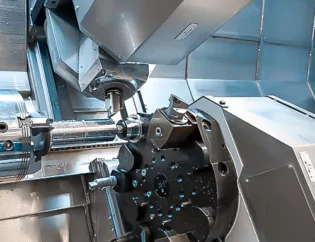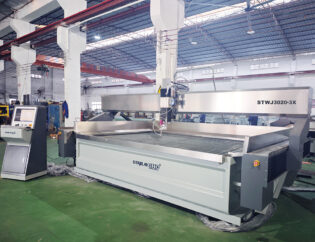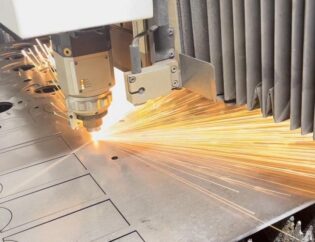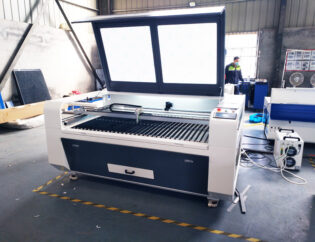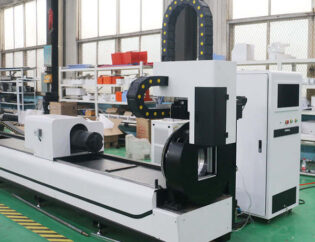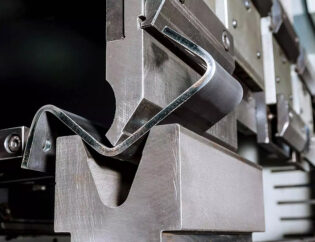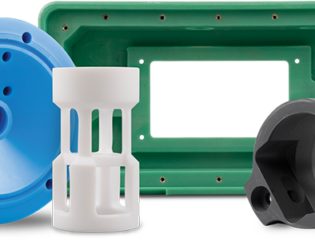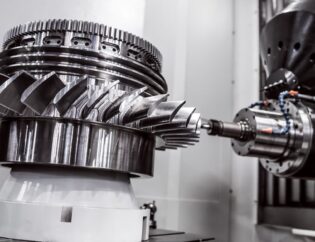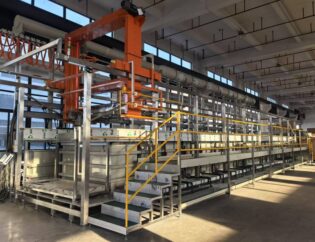Deep draw sheet metal forming is a crucial manufacturing process that transforms flat sheets into complex, three-dimensional shapes. This technique is widely used in various industries, including automotive, aerospace, and consumer goods, due to its ability to produce lightweight and durable components. Understanding deep draw processes can significantly enhance product design and manufacturing efficiency.
In this guide, readers will explore the fundamentals of deep draw sheet metal forming, including the principles, techniques, and equipment involved. We will delve into the advantages and challenges of this method, providing insights into material selection and tooling considerations. By the end of this guide, readers will be equipped with the knowledge to make informed decisions in their projects.
“`markdown
What Is Sheet Metal Deep Drawing – The Ultimate Guide
Sheet metal drawing, a crucial manufacturing process, stands as a cornerstone in the creation of hollow, multifaceted components with a sharp focus on precision. This technique is instrumental in the production of a diverse range of items we frequently encounter, be it in household goods or specialized industrial equipment. The art of drawing metal sheets has enabled revolutionary advancements in design paradigms and provided pathways for improved functional capabilities.
This article endeavors to demystify the intricate domain of sheet metal drawing, focusing specifically on its more specialized variant, deep drawing. We’ll delve into its foundational principles, the technical aspects, and myriad benefits.
Understanding Deep Drawing
Deep drawing is a specialized sheet metal forming process where a flat sheet is radially drawn into a forming die by the mechanical action of a punch. This technique allows for the creation of parts with depth dimensions that exceed their diameter, making it essential in various industries.
Technical Features of Deep Drawing
The following table summarizes the key technical features of deep drawing:
| Feature | Description |
|---|---|
| Material Thickness | Affects the ease of drawing; thicker materials require more force. |
| Ductility | High ductility materials (e.g., aluminum) are preferred to prevent cracking. |
| Die Design | Precision in die design ensures smooth metal flow and defect-free products. |
| Blank Holder Force | Controls the material flow and prevents wrinkling during the drawing process. |
| Punch Force | Varies throughout the operation, peaking at about one-third of the stroke. |
Types of Deep Drawing
Deep drawing can be categorized into several types based on the geometry and requirements of the parts being produced. The following table outlines these types:
| Type | Description |
|---|---|
| Conventional Deep Drawing | Standard process for creating cylindrical parts with a blank holder. |
| Reverse Deep Drawing | Involves drawing the material in the opposite direction, often used for complex shapes. |
| Hydroforming | Utilizes fluid pressure to form the metal, allowing for more intricate designs. |
| Stretch Forming | Stretches the metal over a die, suitable for large, shallow parts. |
| Embossing | Indents the metal with designs, often used for aesthetic purposes. |
Applications of Deep Drawing
Deep drawing is widely used in various industries, including automotive, aerospace, and consumer goods. For instance, kdmfab.com highlights its application in producing automotive components, while thelibraryofmanufacturing.com discusses its role in creating intricate parts for machinery.
Advantages of Deep Drawing
- Material Efficiency: Minimizes waste by utilizing the entire sheet.
- Versatility: Suitable for various materials, including metals and alloys.
- Cost-Effectiveness: Reduces production costs for high-volume manufacturing.
- Precision: Achieves tight tolerances and complex geometries.
Challenges in Deep Drawing
Despite its advantages, deep drawing presents challenges such as wrinkling, tearing, and thinning of the material. Proleantech.com emphasizes the importance of optimizing blank holder force to mitigate these issues. Additionally, www.machinemfg.com discusses the significance of die design in preventing defects.
Conclusion
Deep drawing is a vital process in modern manufacturing, enabling the production of complex and precise components. Understanding its technical features, types, and applications can significantly enhance manufacturing efficiency and product quality. As industries continue to evolve, the importance of mastering deep drawing techniques will only grow.
FAQs
1. What materials are commonly used in deep drawing?
Common materials include aluminum, steel, and brass, chosen for their ductility and strength.
2. How does die design affect the deep drawing process?
A well-designed die ensures smooth metal flow and minimizes defects, leading to higher quality parts.
3. What is the role of the blank holder in deep drawing?
The blank holder applies pressure to the sheet, preventing wrinkling and ensuring proper material flow into the die.
4. Can deep drawing be performed without a blank holder?
Yes, but it requires a high thickness ratio to avoid wrinkling, making the process more challenging.
5. What are the common defects in deep drawing?
Common defects include wrinkling, tearing, and thinning of the material, often caused by improper force distribution or material properties.
“`

